Boomers grew up during a time when food was not just sustenance but a cherished experience shared with family and friends. The following recipes evoke memories of simpler times, filled with the comforting aromas of home-cooked meals. From savory dinners to delightful desserts, these dishes capture the heart and soul of a generation that valued tradition and taste above all. Each recipe is a culinary time capsule, offering a glimpse into the kitchens of yesteryear, where love and care were the most important ingredients.
Chicken Pot Pie

Chicken pot pie was the ultimate comfort food. The flaky crust, coupled with a savory filling of chicken and vegetables, created a meal loved by all. Served hot, it was the perfect remedy for chilly evenings.
Boomers fondly remember breaking through the crust to reveal the steaming contents inside. Each spoonful offered a taste of nostalgia, warmth, and love.
Did you know? Chicken pot pies have been around since the Roman Empire! The modern version we know today, with its creamy filling, became a staple in mid-20th century America.
Jell-O Salad

Jell-O salad was a vibrant addition to any gathering. Its bright colors and wobbly texture delighted children and adults alike. Often adorned with fruit or marshmallows, it was both a salad and a dessert.
Boomers cherished it for its versatility and ease of preparation, which made it a popular choice for potlucks or family picnics. Its playful jiggle was always a conversation starter.
Fun Fact: Jell-O, first made in 1897, became massively popular in the 1950s as a symbol of modernity and convenience in cooking.
Beef Stroganoff
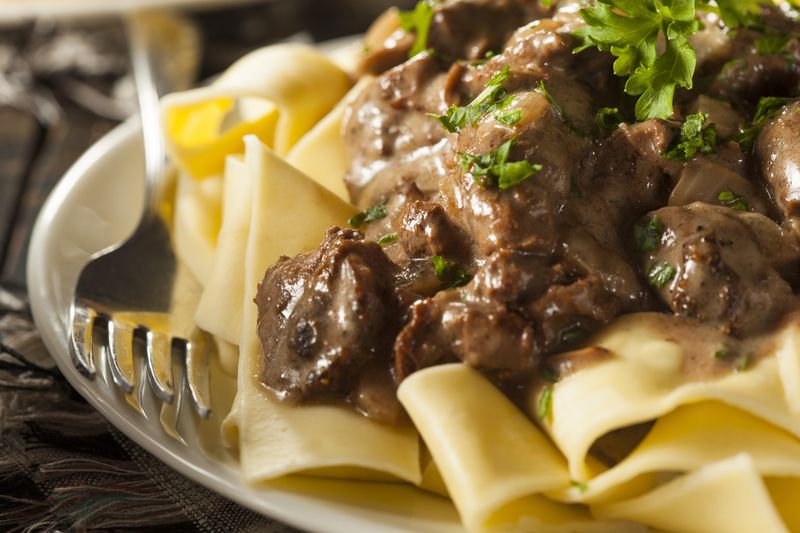
Beef stroganoff offered a taste of elegance with its roots in Russian cuisine. Tender beef strips smothered in a creamy mushroom sauce, served over noodles, became a weekday favorite.
Boomers remember it as a dish that brought sophistication to the dinner table, often reserved for special occasions. The blend of flavors was both exotic and familiar, making it a beloved classic.
Did you know? The dish originated in mid-19th century Russia but gained popularity in America around the 1950s, adapting to local tastes with the addition of sour cream.
Ambrosia Salad
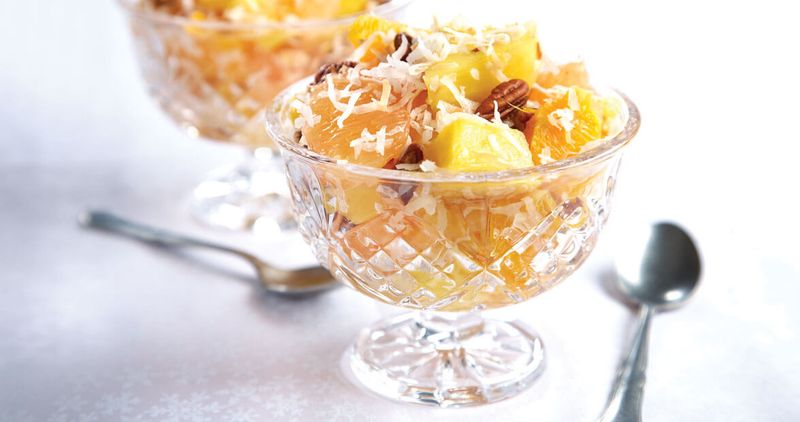
Ambrosia salad, a sweet treat, combined fruits and marshmallows, creating a mouthful of delight. The mix of citrus and coconut brought a tropical flair to otherwise ordinary meals.
Boomers associate it with festive occasions, where it adorned buffet tables and added a touch of color. The whipped topping made it indulgently creamy.
Fun Fact: Named after the “food of the gods” in Greek mythology, ambrosia first became popular in the American South and was a staple at holiday gatherings by mid-century.
Tuna Casserole
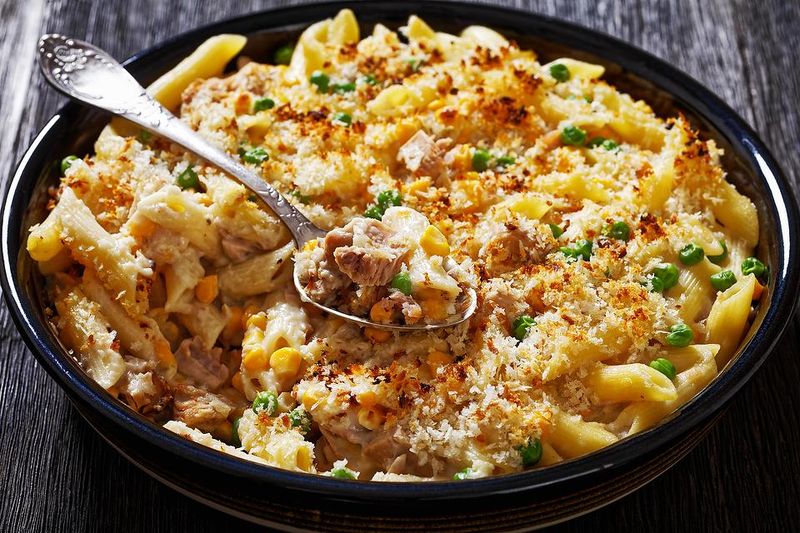
Tuna casserole was a comforting staple for many families. The creamy blend of tuna, pasta, and peas, topped with crispy breadcrumbs, offered a wholesome meal.
Boomers recall it as an economical yet satisfying dish, often made from pantry staples. It was easy to prepare and even easier to enjoy, making it a weekly favorite.
Did you know? Tuna casserole became popular in the 1950s, as canned tuna and condensed soups were household essentials, promoting quick and hearty meals.
Meatloaf

Meatloaf, a staple in many households, evokes memories of family dinners around the table. The hearty blend of seasoned ground meat, often topped with a tangy tomato glaze, warmed both hearts and stomachs. With each bite, Boomers recall the aroma wafting through the house as it baked.
This dish symbolized comfort and homeliness, often served alongside mashed potatoes or green beans. Variations existed, but the core remained the same – a deliciously moist interior with a satisfying crust.
Fun Fact: Meatloaf became popular in the U.S. during the Great Depression, as it was an economical way to stretch meat supplies.
Pineapple Upside-Down Cake

Pineapple upside-down cake brought a sense of occasion with its stunning presentation. The caramelized pineapples and cherries atop a golden cake created a visual delight.
Boomers loved its sweet and tangy flavor, which made it a show-stopping dessert at gatherings. The simplicity of the recipe and the wow factor in presentation ensured its place in family traditions.
Fun Fact: The concept of “upside-down” cakes dates back centuries, but the pineapple version became trendy in the mid-1900s with the advent of canned pineapple.
Sloppy Joes

Sloppy Joes were the epitome of casual dining. The saucy blend of ground beef served on a soft bun was messy yet delightful.
Boomers remember this meal as a quick fix for busy weeknights or casual get-togethers. Its tangy flavor and ease of preparation made it a hit with both kids and adults.
Did you know? Sloppy Joes originated in the 1930s, but their popularity soared post-World War II as a convenient and budget-friendly meal option.
Deviled Eggs

Deviled eggs were a quintessential appetizer at social gatherings. With their creamy yolk mixture and a hint of spice, they were always a hit.
Boomers often enjoyed them at picnics, barbecues, and holiday parties, appreciating their simplicity and delightful flavor. They were both elegant and easy to make.
Fun Fact: Deviled eggs date back to ancient Rome, but their spicy name stems from 18th-century England, where “deviling” referred to adding heat or spice to a dish.
Stuffed Bell Peppers

Stuffed bell peppers were a wholesome meal encased in nature’s own bowl. The colorful peppers filled with seasoned meat and rice brought vibrancy to the table.
Boomers often recall it as a comforting dish that offered both nutrition and flavor. Each bite was a medley of textures and tastes, making it a family favorite.
Did you know? Stuffed peppers have been a part of Mediterranean cuisine for centuries but gained popularity in the U.S. during the mid-20th century as a creative use of ground beef.
Chicken a la King

Chicken a la King was a luxurious dish that combined creamy sauce, tender chicken, and vibrant vegetables. Often served over rice or toast, it was a mid-century favorite.
Boomers remember it as an elegant dish often reserved for special occasions or Sunday dinners. Its rich flavor profile made it an extraordinary treat.
Fun Fact: The origins are debated, but Chicken a la King became a beloved American dish in the 20th century, often associated with fine dining or hotel restaurants.
Waldorf Salad
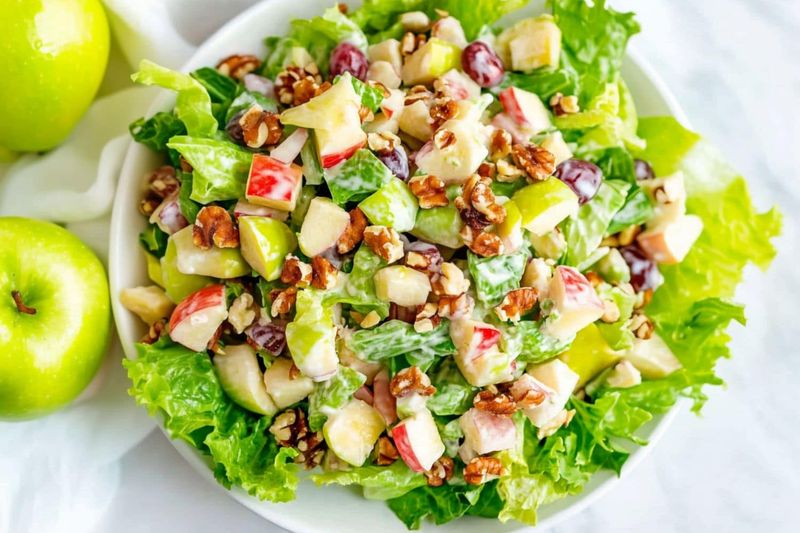
Waldorf salad mixed crunch and sweetness with apples, celery, and walnuts. Its unique texture and flavor made it a sophisticated choice for gatherings.
Boomers enjoyed its refreshing taste and the delightful contrast of ingredients. It was as much a feast for the eyes as it was for the palate.
Did you know? The Waldorf salad was created at New York’s Waldorf-Astoria Hotel in the late 19th century, becoming a symbol of elegance and luxury in American cuisine.
Baked Alaska

Baked Alaska dazzled with its dramatic presentation of ice cream and cake encased in meringue. The contrast of warm and cold was a culinary marvel.
Boomers remember it as a showpiece at special dinners or celebrations, where the flambé effect added to its allure. A true feat of culinary art.
Fun Fact: Despite its name, Baked Alaska was invented in France. It gained popularity in the U.S. during the mid-20th century as a dessert that showcased technical prowess.
Rice Pudding
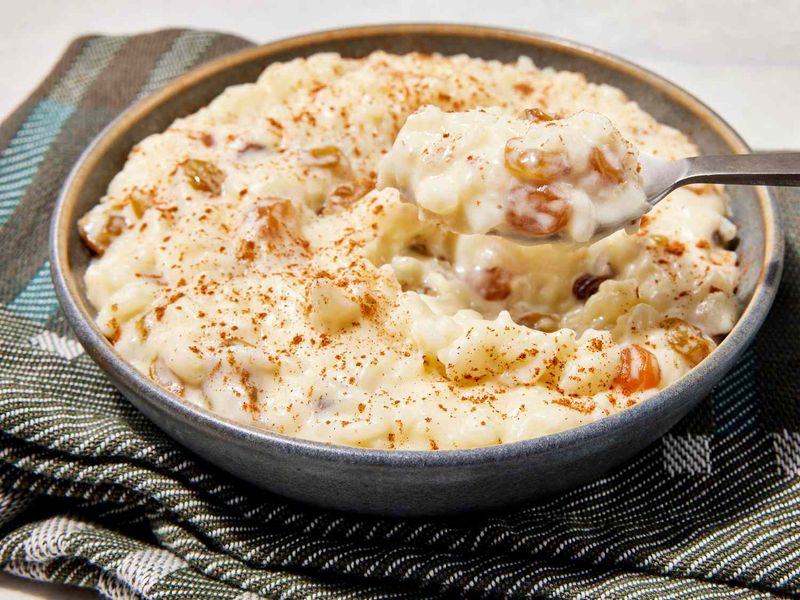
Rice pudding was a comforting dessert that evoked warmth and nostalgia. The creamy texture combined with cinnamon and raisins made it a beloved treat.
Boomers often had it as a dessert or a sweet snack, appreciated for its simplicity and satisfying flavor. It was a staple in many households.
Did you know? Rice pudding has ancient origins, famously enjoyed in both Eastern and Western cultures for centuries, making its way into American kitchens as a classic dessert.
Chipped Beef on Toast
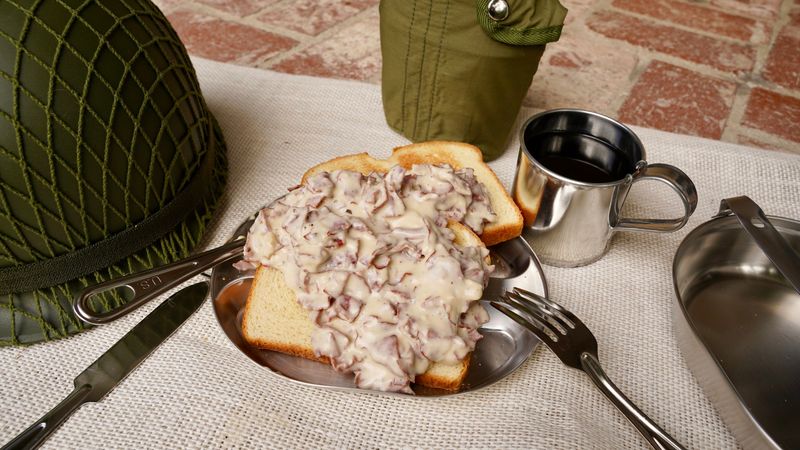
Chipped beef on toast, affectionately known as “SOS,” was a savory dish that offered hearty satisfaction. The creamy sauce over thinly sliced beef and toast was filling and flavorful.
Boomers recall it as a quick, budget-friendly meal, often featured in brunches or simple dinners. Its rich taste was a comforting presence.
Fun Fact: The dish was popularized by the U.S. military during World War II, known for its simplicity and ease of preparation in mess halls.
Egg Salad Sandwich

The classic egg salad sandwich was a lunchtime favorite, offering a creamy and satisfying bite. The blend of eggs, mayonnaise, and seasonings made it a comforting option.
Boomers fondly remember packing these sandwiches for picnics or enjoying them as a quick lunch. They were simple yet delightful, evoking the essence of home cooking.
Did you know? Egg salad has been a staple in American cuisine since the early 1900s, evolving from simple recipes to include diverse flavors and ingredients.
Creamed Corn
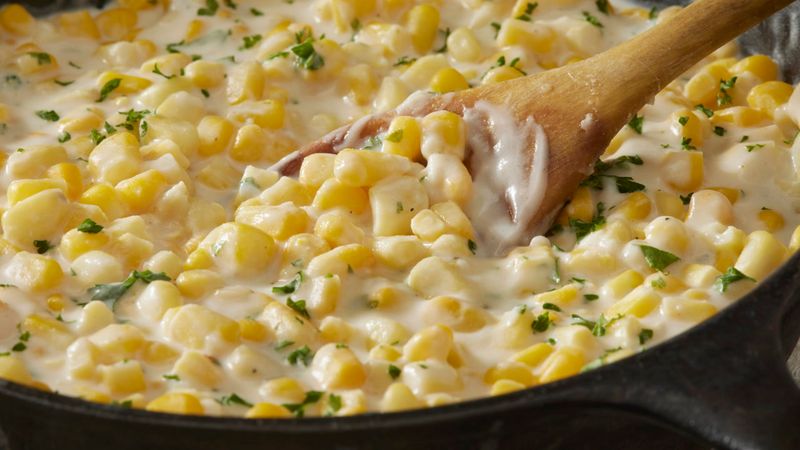
Creamed corn, with its sweet and creamy texture, was a beloved side dish. The corn kernels in a rich sauce offered a comforting taste of the countryside.
Boomers often had it alongside meats or as part of holiday meals, enjoying its rich flavor that complemented various entrees. It was a simple delight.
Did you know? Creamed corn has been enjoyed in the U.S. since the 19th century, with recipes passed down through generations, each adding their unique twist.
Pigs in a Blanket

Pigs in a blanket brought a playful touch to any party. The mini sausages wrapped in flaky pastry were irresistibly fun to eat.
Boomers remember them as a staple at birthday parties and holiday gatherings, loved by children and adults alike. They were bite-sized treats that never failed to delight.
Fun Fact: The concept of encasing food in dough dates back centuries, but the cocktail sausage version became popular in America in the 1950s.
Shepherd’s Pie
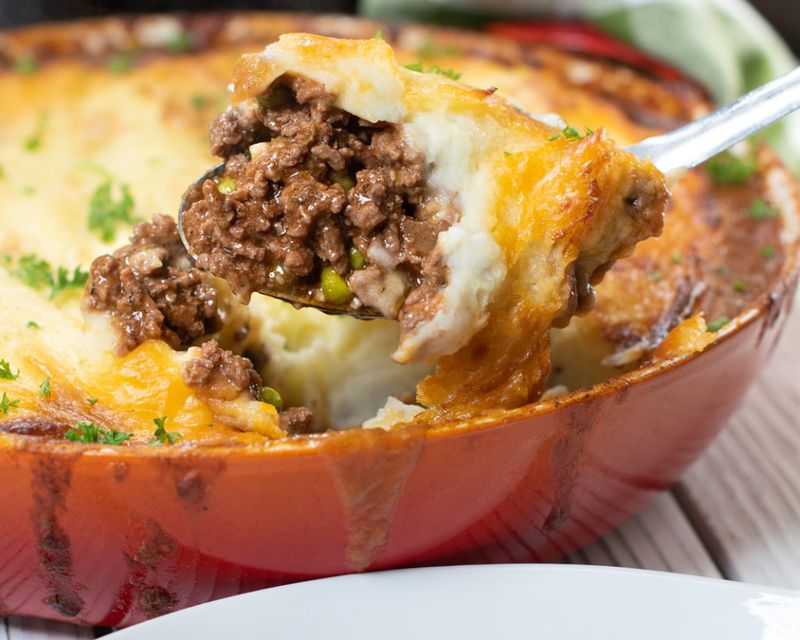
Shepherd’s pie was a hearty meal, combining meat and vegetables under a blanket of mashed potatoes. It was both nourishing and satisfying.
Boomers enjoyed it as a comforting family dinner, especially during colder months. The blend of flavors and textures made it a beloved dish.
Did you know? Shepherd’s pie has its roots in the United Kingdom but gained popularity in the U.S. post-World War II as a way to use leftover meats creatively.
Bread and Butter Pudding
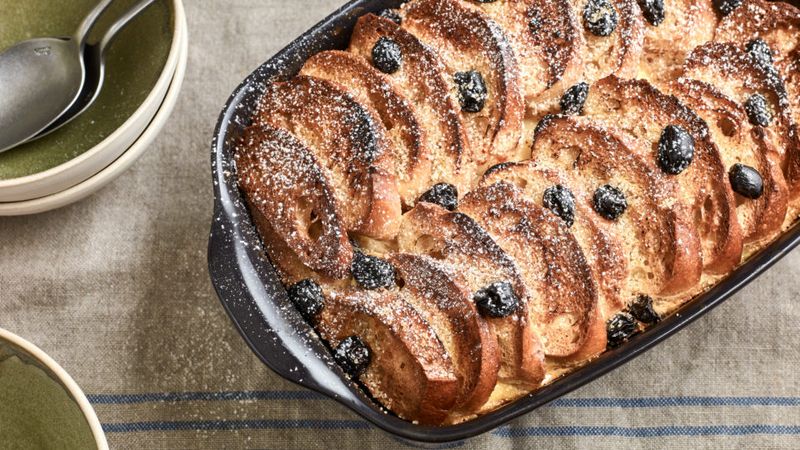
Bread and butter pudding was a sweet ending to many meals. The custard-soaked bread offered a warm and indulgent dessert experience.
Boomers often enjoyed it as a way to make use of day-old bread, relishing the comforting, homey flavors it provided. It was a dessert rooted in resourcefulness.
Fun Fact: Originating in England, bread and butter pudding became popular in American households, celebrated for its simplicity and deliciousness.
Leave a comment